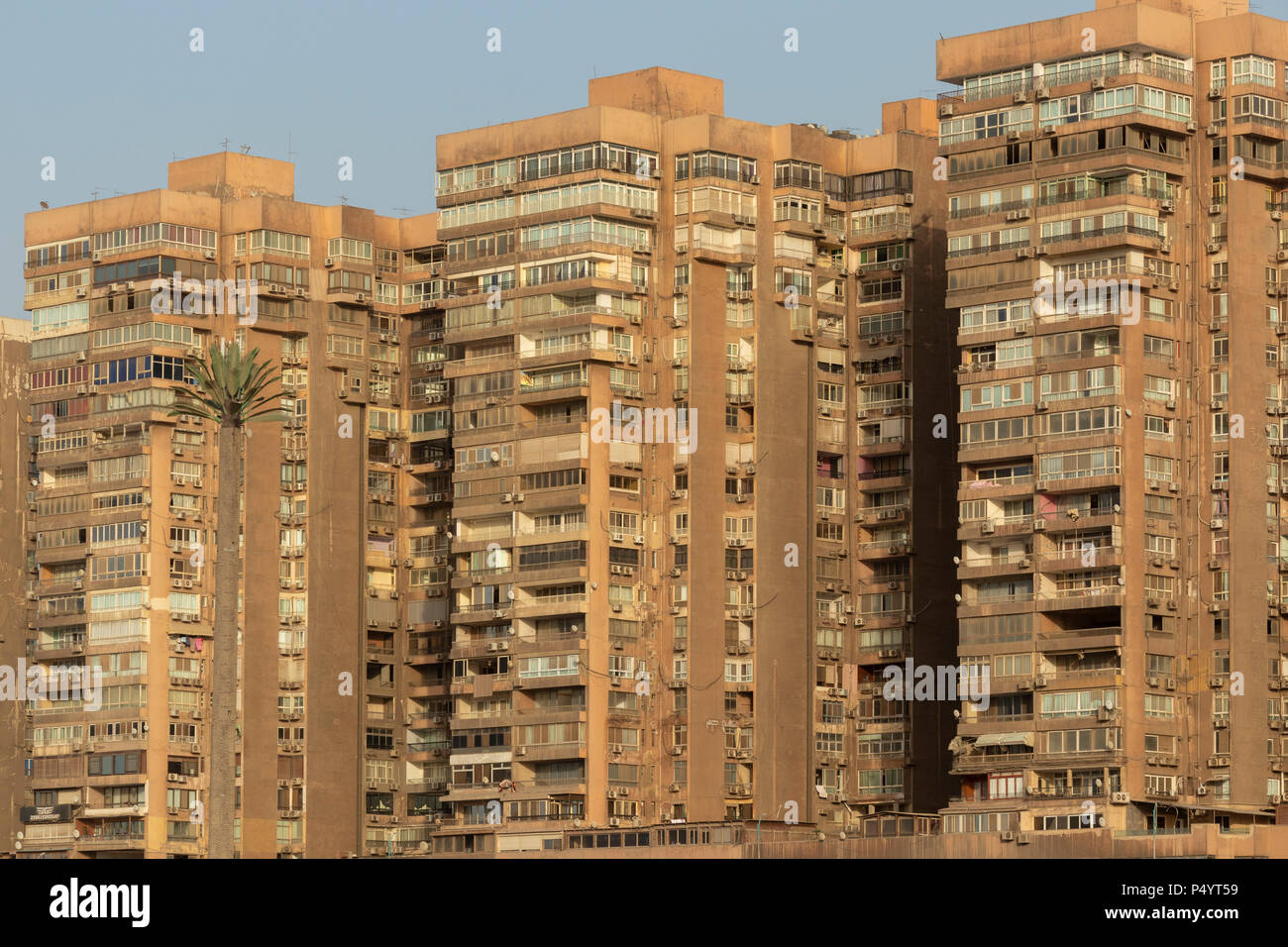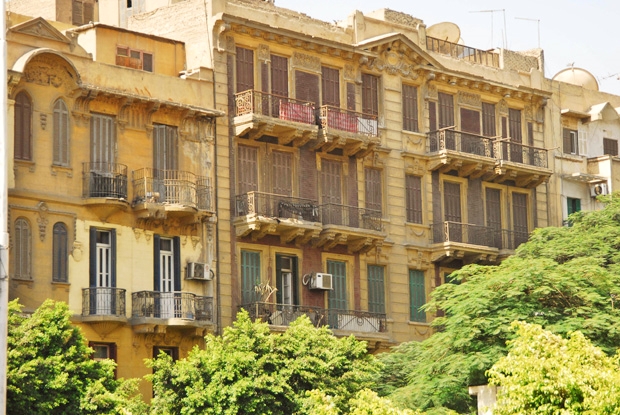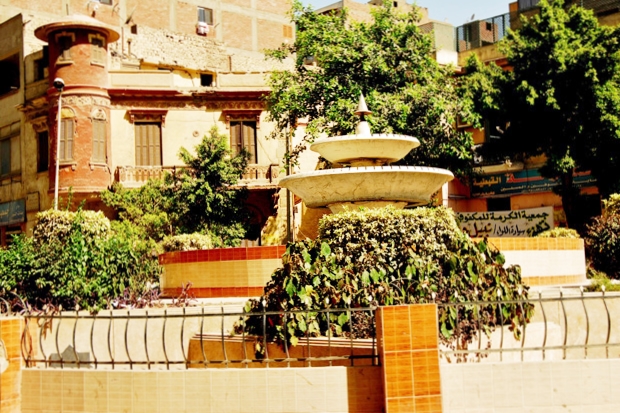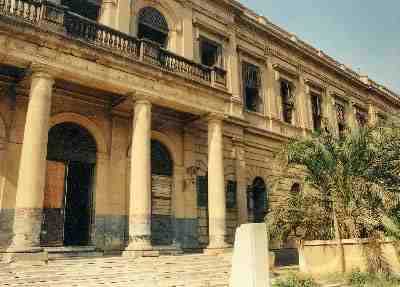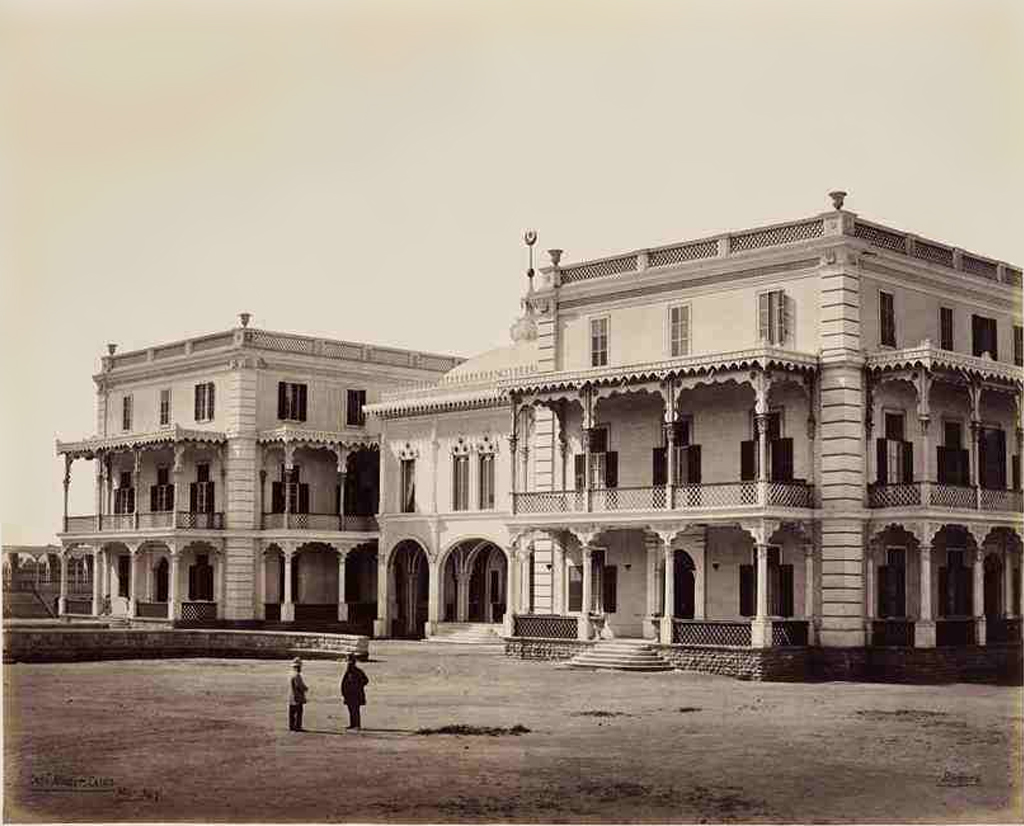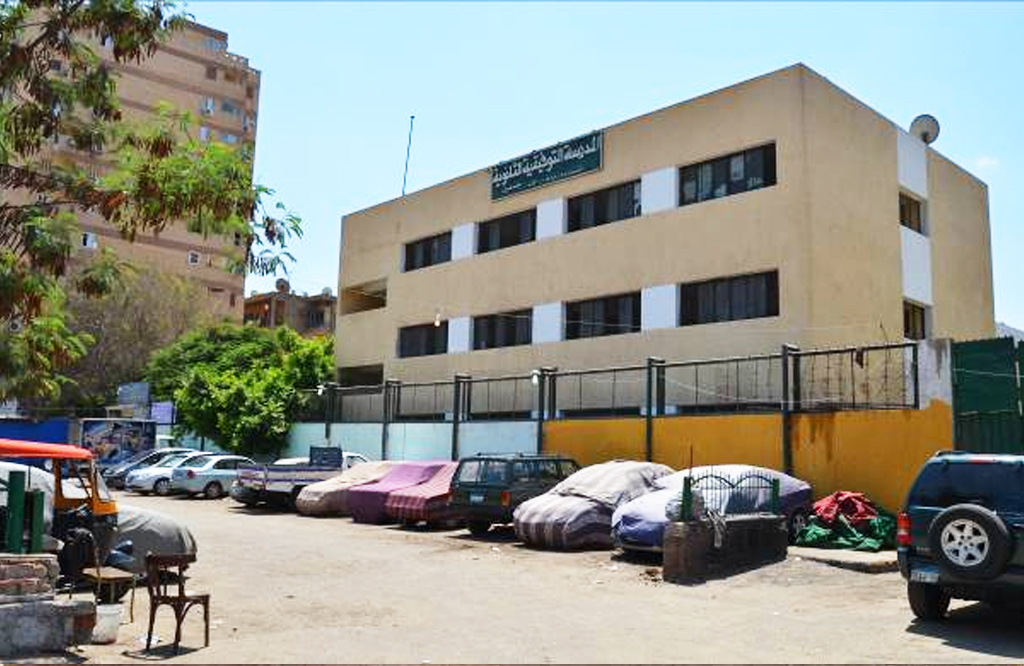Here is a map:

A population of 40-240,000 depending on boundaries, many fine old buildings and the center of royal power up to the 1870’s.
It may not be of interest to prospective tourists looking for information on a Nile boat cruises (all ordinary), where to buy some ‘authentic’, China-made, Tut statues or the best Egyptian Cornish pasties but it does provide a small insight into the difficult lives of Egyptians as they cope with a state that cares little for them and seems incapable of rational planning.
If anyone needed evidence on how intolerance has developed in the last half century then this article gives details of this in a single Cairo suburb whilst steadfastly sticking to the Junta script that all is still ‘hanging’ together – so to speak.
The story of Shubra and adjoining areas is of bulldozing, poor people kicked out, no planning, the prospect of the standard Arab Contractors Brutalist buildings replacing housing areas, no attempt at any stage to renovate or restore existing areas but rich people doing well out of it.
Its not a slum but Egypt holds a record in slums with Cairo holding 4 of the 30 largest ‘mega-slums’ in the world and with 60% of Cairo residents living in informal settlements – either not approved or not registered with a land registration system that is nearly the worst in the world. These are big achievements for a military one party state where nothing happens unless its approved. The Uneven City, University of Calif MA thesis 2016.
Its also another chapter in the story of how 19th century Cairo is being destroyed at the same time a poor country is spending $US60-80 billion on a new monstrosity whilst fools are building new commercial skyscrapers on the Nile when the Army has said everything is moving 45 ks to the East.
The overall plan, if there is a plan, is the UN backed Cairo 2050 which basically means a ‘cleaning out’ of the residents of central Cairo a leveling of the older city and the development of a Dubai like alternative. How this fits with the new impulsive new capital city is anyone’s guess. At its extreme this Plan extends to the Giza Plateau with this ‘entry’ to the pyramids approved by the government before 2008 and for completion by 2030.
Note that this Giza plan means the complete destruction of tens of thousands of existing poorer houses. Overall the plan proposed moving up to 11 million people – delusional. The thinking is of extreme segregation of the well off from the poorer with the latter in remote satellites 40-70 ks from Cairo.
It has happened before and some resident in Luxor had little to say 12 years ago with Farag’s brutal eviction of the west bank residents, his Nazi like behaviors associated with the Sphinx avenue and ‘cleansing’ of the Luxor Nile frontage of 19th century villas.
Shubra is a perfect example, of how poor planning/no planning has devastated a once well planned suburb. Its not so much a slum as something the government has let fall over helped by the rent control laws that give owners little incentive to look after their buildings. But it still functions.
It contains real pieces of architecture.
This former palace in Shubra, after 70 years care by the Supreme Antiques, is now a crumbling slum:

This former Khedival palace is now largely absorbed into a university and therefore not maintained:

The Sinan Pasha Mosque is hidden in the suburb on the southern edge. Sinan is arguably the greatest architect of mosques and most of his glories are located in Turkey. I have my doubts about this mosque and think the design utterly unlike the elegance and lightness that made Sinan famous. In any event the Supreme Antiques ignore it, its not well maintained and the cramped siting is all you expect of the people who run things into the ground.
Maybe around 1920 it was a bit like the Sphinx – underground. (an undated photo from the famous Creswell Collection at Oxford – and I thought the Egyptians had acquired his remarkable collection or at least been kind to him)

Continued








